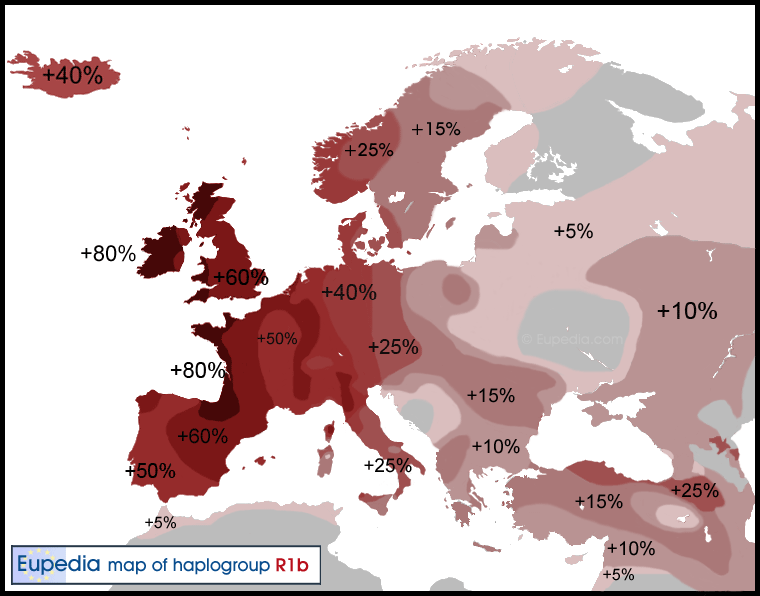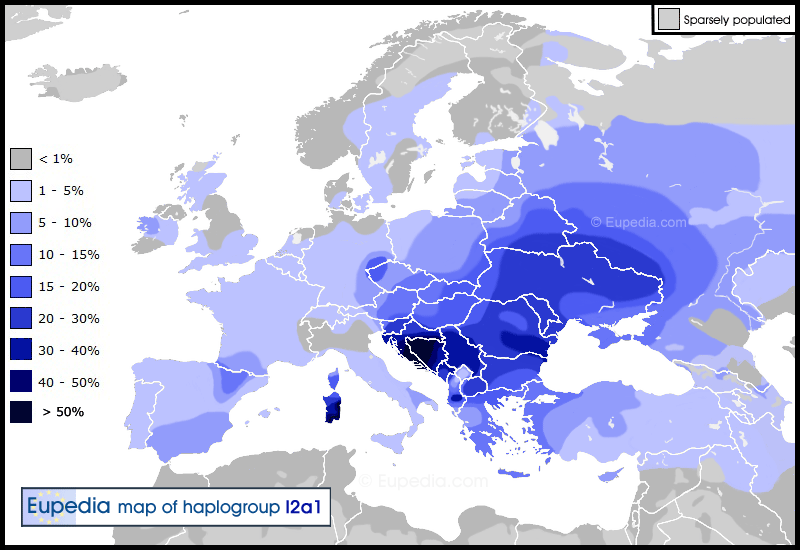I am not prepared to engage in debate with you if you 'dare' me to prove things, and refer to my argument as 'laughable'. Usually, you and I get on fine so I am surprised at your change of attitude. The forum is for debate not 'life or death' battles.
I stand by what I said. The type of R1a1 found in Germany and Scandinavia is different to that found in the 'eastern' lands of Poland and Russia. The R1a1 in Germany and Scandinavia was already there in the Corded Ware period, and was not from Poland. The recent Eulau remains show this- the R1a1 found was near the German modal, with close matches to west Europeans.
this is not about you, in general I do respect a lot your reasoning on this forum....
this is about this particular unargumented claim that you keep making and that is laughable as it is based on reading Maciamo's post and not on paper that Maciamo has misinterpreted....Maciamo is knowledgable person, but as most other people he tends to see what he wants to see...and in this case he has just misinterpreted that paper.... that is not really a problem, as everyone can misinterpret something... problem is that you have read his misinterpretation and taken it for granted, and as a result you keep claiming something that is just not based on facts...
R1a1 in Germany, Poland and Scandinavia cannot be separated based on paper of Underhill, because neither the text, nor the supplement data of that paper, indicates such a split.... from that paper you can only conclude that there is difference between spread of R1a in Europe and in Asia, and that difference is that M458 is lacking in Asia....... now, it is very laughable when you say that you agree with Underhill in something that he never said... It is as if I would say that I agree with you that elephants are animals whose skin color has pattern of white stripes on pink background...
R1a in Europe are people of same origin...we can debate about timelines when they settled certain areas, we can divide them in subbranches and subbranches of subbranches, and try to trace their voyage...we can debate about their original culture... e.g. my opinion is that their original culture was not Slavic, as I am pretty sure that Slavic language and culture is due to spread of I2a2...I associate R1a with Scythians, Sarmatians, ancient Macedonians....in later period some of those people became Germanic, some Slavic....
we can debate about many things....but it makes no sense if you keep insisting that Underhill claimed something that he did not claim... if you claim someone claimed something, you need to be able to prove that...otherwise your argument is worthless... than we can as well make discussions of type: I agree with Churchill that all English are liers... or I agree with Charles Darwin that English people are distinguished from other people by their skin that is green colored and decorated with big blue and red rotating spots...
btw. considering attempts to see R1a as Slavic and haplogroup I as Germanic, and R1b as Celtic, important thing to keep in mind is also that split of proto-Indo european language to Slavic, Celtic and Germanic was much much more recent in time compared to timeline of splits of those haplogroups...
those cultures and languages are relatively recent development...
however, tribal names might be preserved for longer times, and I think that tribal name Germans (which is something completelly different from Germans of today or even from Germanic people/languages/cultures) might be related to haplogroup I, because I believe that province of Kerman (also Kermania, Germania, Zermanya) in Persia, Iran, is the location of original source of haplogroup I (the shape of province matches haplogroup I* spread and looks as very likely place of origin for haplogroup I).... this Germania/Kerman related name was still preserved in Gomer people of Asia minor whose last settlement in Cappodocia and traditional location north of Black sea do match spread of I2a2...
my guess is that I* came to existence in Persia, that branch of it settled areas around Black sea and that from there a branch went towards Scandinavia... I1 probably developed somewhere on way from Black sea to Scandinavia, while I2 developed around Black sea.... I2 has later spread as indicated by jdanel in thread
http://www.eupedia.com/forum/showthread.php?t=26211
in two directions: I2b2 and I2a2-Isles developed and spread along northern route following Dniester, while I2a2-Dinaric settled southern route along Danube.... those spreads were for long time physically separated by Carpathians which resulted in separate spreads......and I guess I2a1 is earlier spread to south





